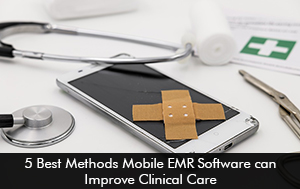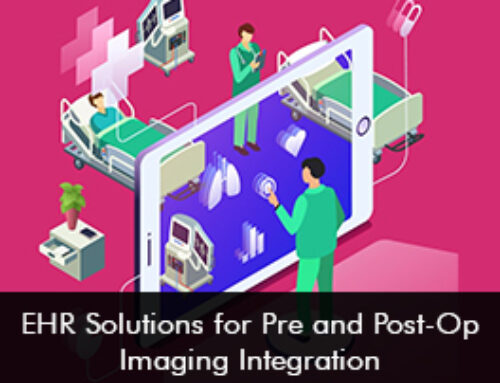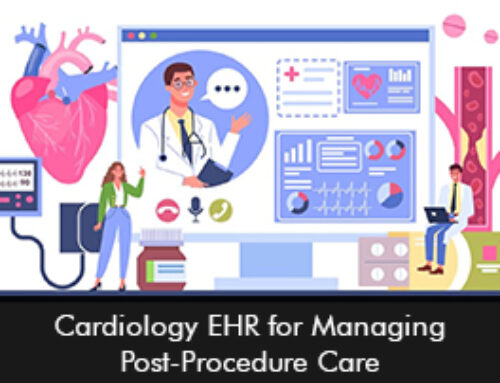For any medical practice looking to succeed in the longer run, patient satisfaction must be its top-most priority. And improving patient satisfaction requires catering to the changing needs of patients to every extent. Mobile EHR Software were developed to take care of this very issue and make things easier for both the patients and the providers. Here are a few ways you can use your Mobile EMR Software to improve the patient care process and get better results.
Choosing an EHR Software with a Native App
There is a big difference between EMR Software with native mobile apps and software that run independently on a mobile browser. One of the biggest benefits of using EMRs with native apps is that they are optimized for the device and don’t have any bugs or glitches. Other than that, the data on the app is completely secure while independent browsers are always prone to hacks.
Using Biometric Verification for Login
Some EHR Software apps allow the user to set up Biometric ID verification for fast login and set-up. This can save you a lot of time from entering usernames and passwords again and again. Biometrics are also safer since they can not be breached that easily. This helps meet HIPAA requirements as well.
Integration with Billing & Scheduling Software
One good thing about Mobile EMR Software is that they allow integration with other smaller EHR suites providing specific services in Medical Billing, Patient Scheduling, Appointment Reminders, e-Prescriptions (e-Rx), etc. Through integration, when these services get offered in a single place, everything gets streamlined and the care process automatically improves.
Sharing Access with Practice Staff
EMR Software app can be easily downloaded by the staff across the practice and hence the access gets shared. This helps the staff better coordinate and work together since everyone can conveniently use the data within the system. On the other hand, if the software is accessible only in office systems, the data can’t be accessed remotely and hence the workflow gets disrupted.
Using a Tablet instead of a Phone for Charting
As a rule of thumb, try using a smart tablet or iPad to collect all data at the time of patient engagement; when you’re on the go, in and out of the office, feel free to take full benefit of accessing data and entering any kind of information through your smartphone. But in the clinic, an iPad looks more professional, while still providing mobility. Another issue with a phone is that it can give the unintended impression that the physician is distracted or unprepared.







